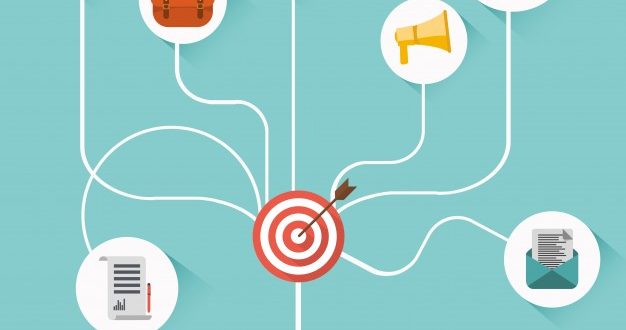Tags Customer Experience Digital Banking Operational Efficiency
According to the 2018 J.D. Power Retail Banking Satisfaction Study, digital-only customers rank as the least satisfied group of financial institution customers. These findings are, however, not necessarily a validation that customers want physical branches as much as they are a sign that many financial institutions are not doing an adequate job of providing a positive digital banking experience, especially during the onboarding process. Here are six things to keep in mind about digital onboarding:
- Digital account opening and communication are key — the J.D. Power satisfaction study found that the lower satisfaction scores found among digital-only customers are largely driven by a weak performance in three main categories: communication and advice, products and fees and new account opening processes.
- Quick follow-up improves satisfaction — the impact on customer satisfaction between reaching the new customer within three days and reaching him/her after that time is significant. Even a simple welcome SMS message lets customers know that they are valued.
- An account opening confirmation is important — customers are increasingly demanding of confirmations for account openings, including the type of account that was opened as well as how much was deposited or borrowed.
- Communication is more than just a “single touch” — while it is true that customers do not want to be deluged with an overabundance of communications, customer satisfaction increases when the number of contacts is increased to a reasonable level.
- Know/learn your customer — the most important driver of enhanced customer satisfaction is applying customer-level insight to communication efforts. The goal is to mine the customer to generate automated needs-based messages that are customer-specific (as opposed to profile-specific).
- Onboarding increases revenues and decreases costs — according to J.D. Power, improving customer satisfaction by as little as 50 points can equate to a USD 24 million increase in revenue per 500,000 customers. Put a little differently, a 50 point increase in satisfaction per customer can equate to a 6% increase in revenue.
 BFC Bulletins Monthly News Digest
BFC Bulletins Monthly News Digest




